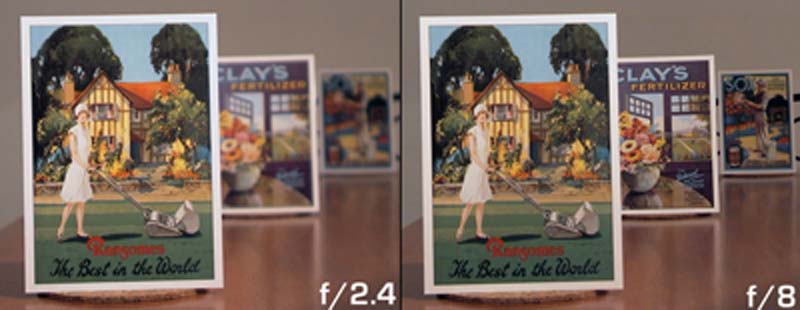
TH 4351
Portfolio Preparation and Presentation
Photographic Techniques
Joy of Photography by the Editors of Eastman Kodak
Company
The Book of Photography by John Hedgecoe
How Cameras Work

Types of Analogue Cameras
Range Finder
Single Lens Reflex (SLR)
Range finder cameras are less expensive, SLR cameras allow for more accurate composition.

Automatic and Manual Cameras
Manual cameras need more set-up time, but allow for more flexibility in creating the shot you want. Some cameras have both automatic and manual settings.


Focus Screens
Different focus screens make focusing on particular subjects easier. Cameras with changeable focus screens are best.

Light Meters

Floating Needle
Note: LED light meters are easier to read in the dark.
Exposure Strategies
Overexposure
Necessary, perhaps, if subject's face is surrounded by a bright background, such as a brightly lit window.
Underexposure
More common in the theatre since the actor's face is often the brightest part of the image.
[Bracketing]
Technique for shooting at several different exposure settings to insure proper exposure.
|
|
 50 mm |
 telephoto |
|
|
|
 |
28 mm lens: good for intimate theatre spaces, like the Dudley Theatre.
50 mm lens: best lens for all around use.
Telephoto lens: good for shooting from the back of the house when there is no photo call.
Zoom lenses
Shutter Speeds (in seconds)
1 = 1
2 = 1/2
4 = 1/4
8 = 1/8
15 = 1/15
30 = 1/30
60 = 1/60
125 = 1/125
250 = 1/250
500 = 1/500
1000 = 1/1000
Blue numbers indicate flash can be used.
Hand-held camera: 1/30 or faster.
Slower than 1/30 (Pat Dennis excepted): use a tripod.
Apertures ( f stops)
Wider apertures (smaller numbers), allow for faster shutter speeds making it possible to hand hold a camera at lower light levels.
50 mm: 1.8, 2.8, 5.6, 8, 11, 16
(considered a "fast" lens)
28 mm: 3.5, 5.6, 8. 11, 16
(considered a "slow" lens)
70mm-150mm zoom: 3.8, 8, 11, 16, 22
(considered a "slow" lens)
Depth of Field
Narrower apertures (larger numbers), make it possible for more depth of field, particularly important when shooting close-ups such as scenic models.



Macro Example

Film Size
35 mm (portability)
2 1/4 "
4" x 5"
Larger film negatives allow for large prints without graininess.
Film Speed
Faster film vs. Detail film
100 ASA
200 ASA
400 ASA
800 ASA
1000 ASA
Faster film speeds allow for better photos in low light level situations. Slower film speeds allow for larger prints without grainy images.
Film Types
Daylight balanced film
Daylight film is color balanced for flash photography or the sun as the primary light source.
Tungsten balanced film
Tungsten balanced film is color balanced for indoor warmer light sources. Preferred for theatre production photos.

Kodak Detach 160T Color Slide Film
Most common film used for theatre production photography.